Locals hear "booms from the underworld" in
gigantic ravine, but now, scientists say it holds secrets
of the planet's past.
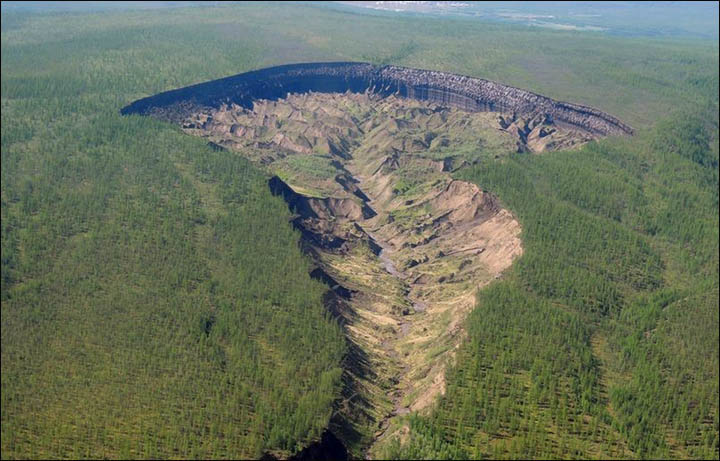
Batagaika started to form in 1960s after a chunk of forest
was cleared: the land sunk, and has continued to do so
evidently speeded by recent warmer temperatures melting
the permafrost. Picture: Alexander Gabyshev
Many Yakutian people are said to be scared to approach the
Batagaika Crater - also known as the Batagaika Megaslump
believing in the upper, middle and under worlds, they see this
as a doorway to the last of these.
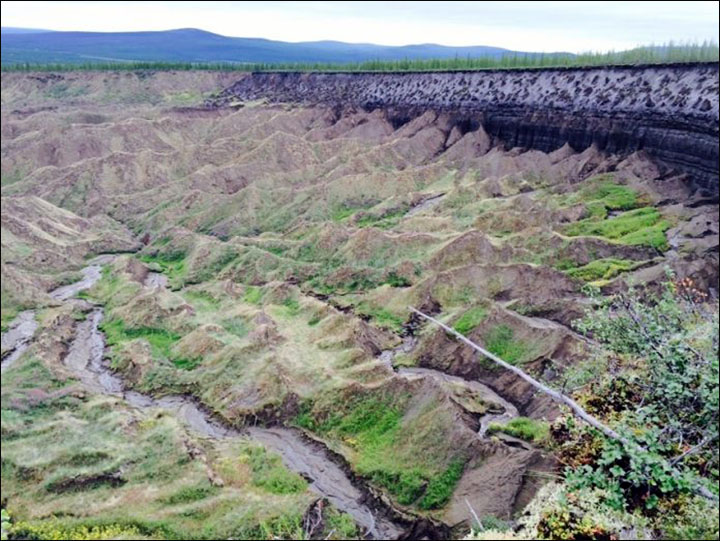
The fearsome noises are probably just the thuds of falling
soil at a landmark that is a one kilometre-long gash up to
100 metres (328 feet) deep in the Siberian taiga.
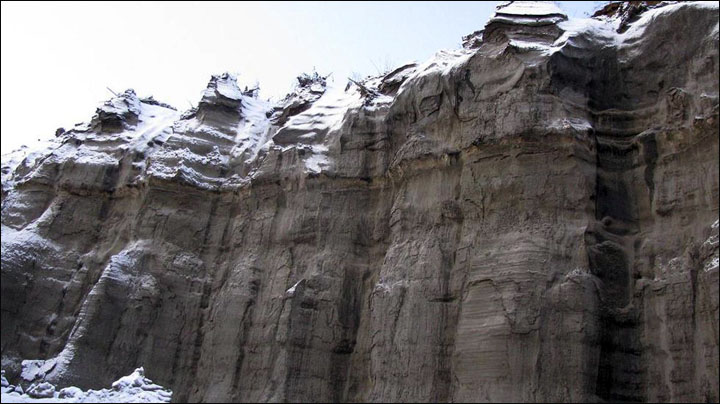
Batagaika started to form in 1960s after a chunk of forest
was cleared: the land sunk, and has continued to do so
evidently speeded by recent warmer temperatures
melting the permafrost so unbinding the layers on the
surface and below.
Major flooding in 2008 increased the size of the depression
which grows at up to 15 metres (49,25ft) per year.
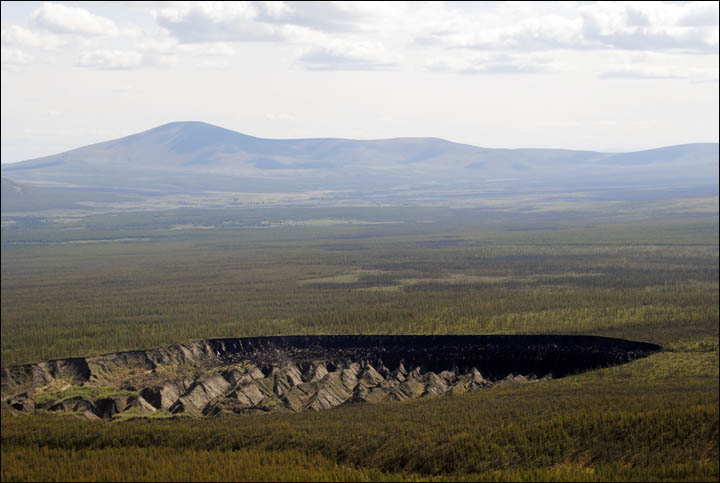
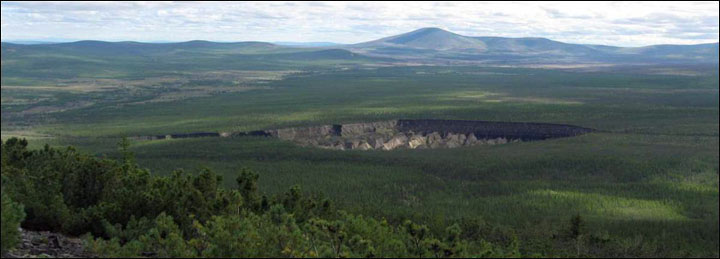
From Space
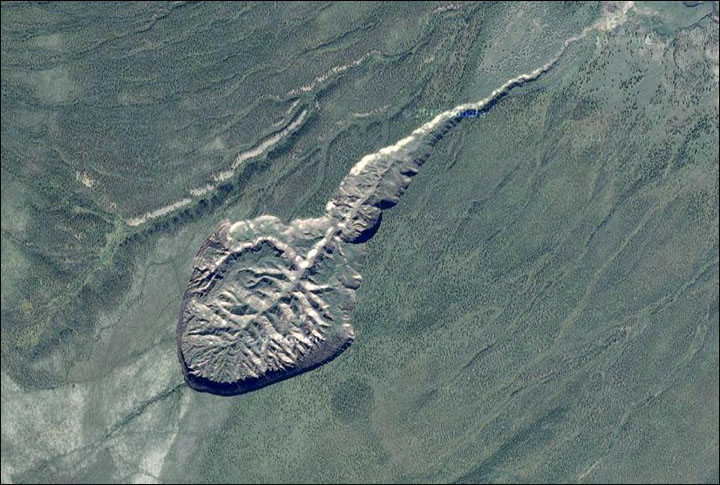
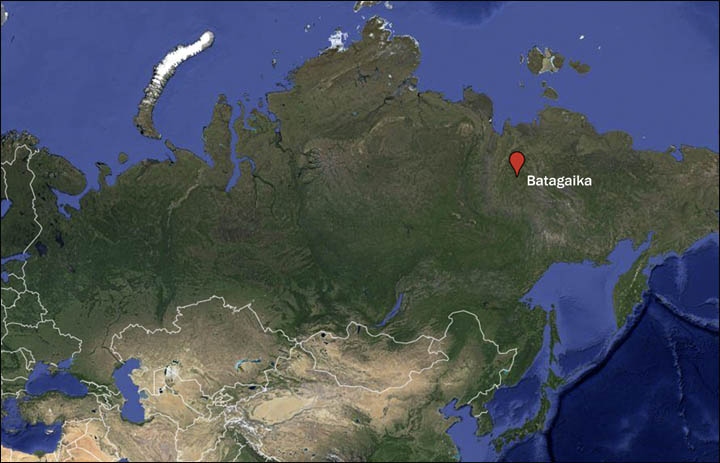
The "most important" sites in the world for the study
of permafrost is located near the village of Batagai, in
Verkhoyansk district, some 676 kilometres (420 miles)
north of Yakutsk, capital of the Sakha Republic.
Pictures: NEFU, The Siberian Times
The next stage of work here will
"study samples of ancient ice".
He noted that such "thermokarst depressions" can be
observed in the north of Canada, but Batagaika is
two-to-three times deeper.
The director of the Research Institute of Applied Ecology
of the North, Gregory Savvinov, said: 'In the 1960s there
was a road between the village of Batagai and some
industrial facilities.
The forest was cut down, and this led to the formation
of the ravine.
In recent years, against the backdrop of climatic changes
due to the warming, the ravine grew to the size of crater.
In 2009 the carcass of an Holocene era foal - some 4,400
years old - was discovered, and a mummified carcass of
a bison calf.
Remains of ancient bison, horses, elks, mammoths, and
reindeer were also found here.
The area is one of the coldest places on the planet, and
competes with Oymyakon, from the same region, for
the title of the world's coldest inhabited place.
Sources: siberiantimes.com
Photos: NEFU, The Siberian Times | Alexander Gabyshev
Photos: NEFU, The Siberian Times | Alexander Gabyshev
Last edited:


